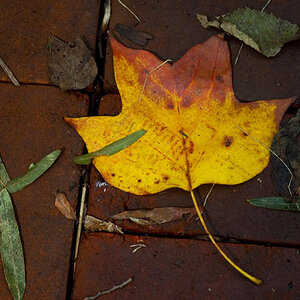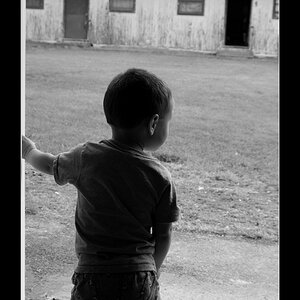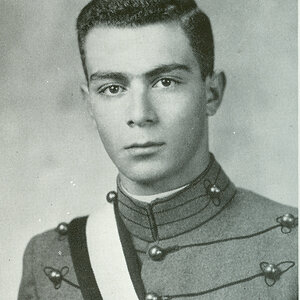Big
TPF Noob!
- Joined
- Apr 22, 2009
- Messages
- 1,227
- Reaction score
- 0
- Location
- New Hampshire
- Website
- coffmanimages.webs.com
- Can others edit my Photos
- Photos NOT OK to edit
First moon shot with my new DSLR. I know everyone's probably seen 1,000,000 moon shots but here's one to make it 1,000,001. Took a few tries to get it right but I think I nailed it. I wish I had a 400mm instead of a 300mm but luckily the massive crop didn't lose any detail really...
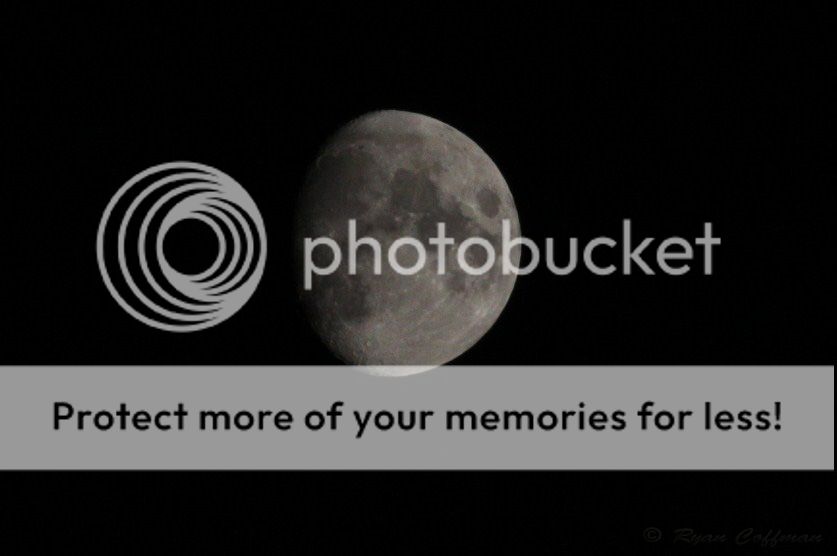





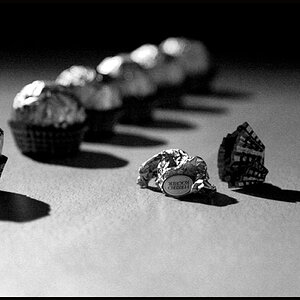
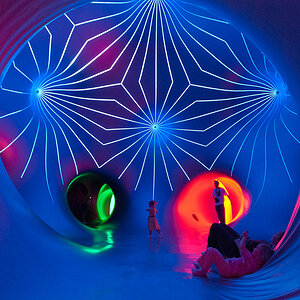

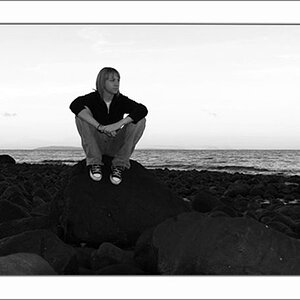
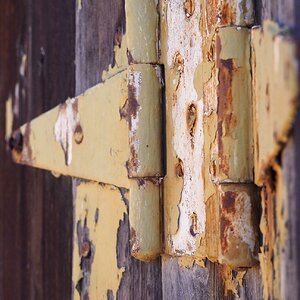
![[No title]](/data/xfmg/thumbnail/39/39501-c3f6a664311b0a3868b613f963809fb1.jpg?1619739058)


